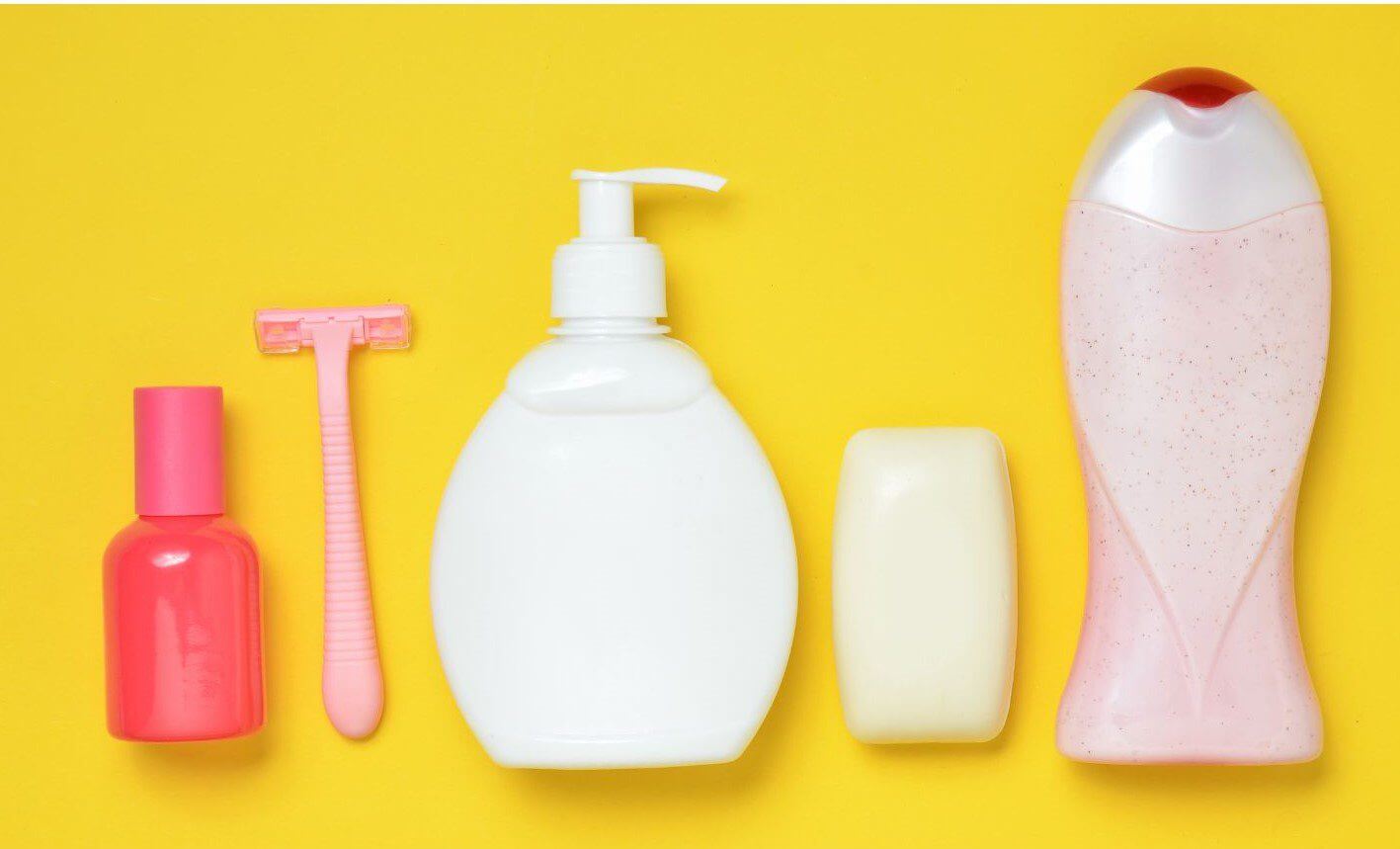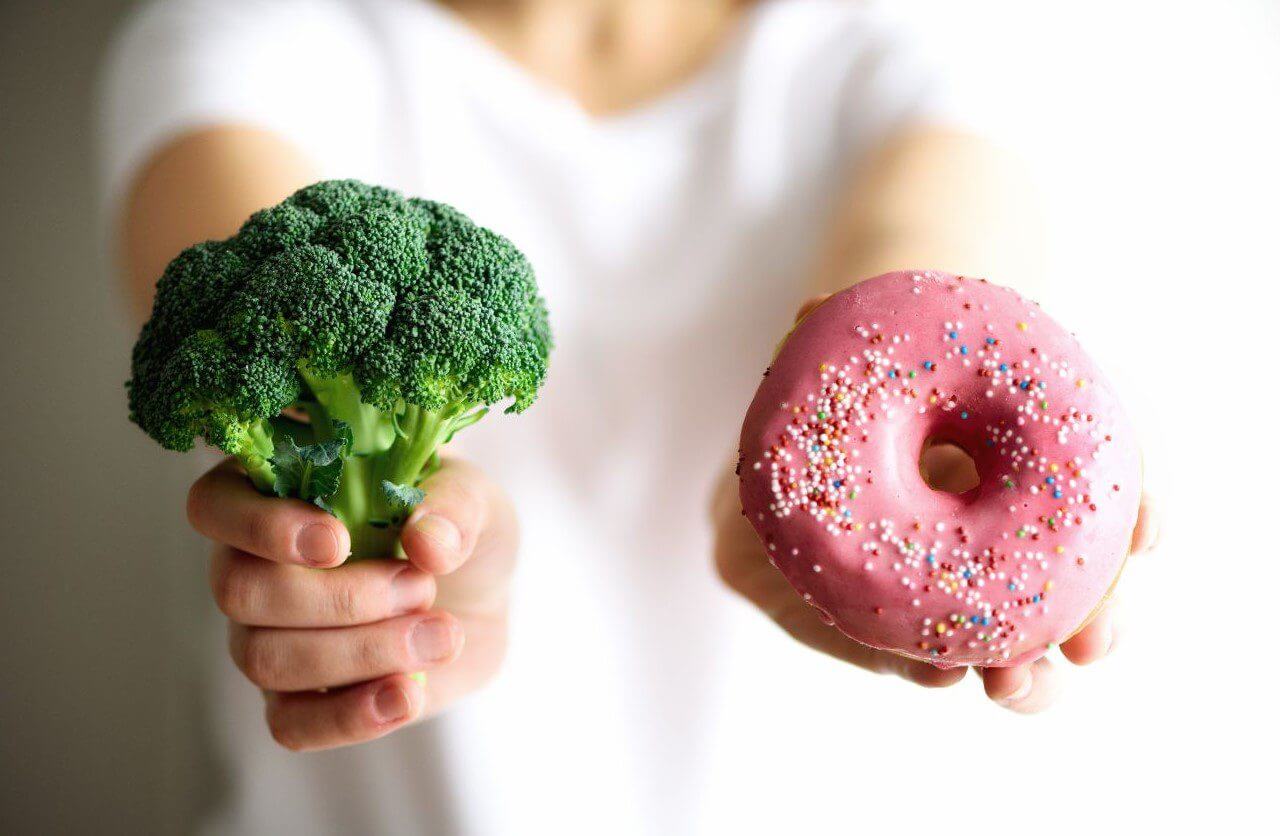10 Signs Your Teenage Daughter May Be Suffering From Estrogen Dominance
Around 80% of women experience period pain at some stage in their lifetime. If your teenage daughter is one of them, it’s important to know the signs and symptoms of estrogen dominance. This condition can cause a wide range of problems, including painful cramps, mood swings, and weight gain. In this blog post, we will discuss the causes of estrogen dominance in young women, and simple tips girls can use to balance their hormones that will serve them today and long past their adolescence.
For more on functional hormone health, find out if the Superwoman Circle is right for you, no matter where you are on your wellness journey.
First, what is estrogen dominance?
Estrogen is a hormone naturally present in both males and females that supports cardiovascular, reproductive, and skeletal health. It plays dozens of roles in the body, but most often it’s talked about as the primary hormone opposite progesterone in female reproductive health.
When there is an imbalance between progesterone and estrogen, or when the body has too much estrogen in comparison to other hormones, it’s known as “estrogen dominance.” This can occur when the body produces too much of its own estrogen, doesn’t break down extra estrogen efficiently enough, or a combination of both.
Estrogen dominance may also increase the risk of ovarian cysts, uterine fibroids, fibrocystic breasts, and the development of some cancers (1). Achieving a natural hormone balance in the event of estrogen dominance is made easier through a holistic approach with functional medicine.
Related: Women’s Health Issues Most Susceptible to Gaslighting
Teen Hormone Balance – What’s Normal?
With the onset of puberty, estrogen levels may rise and fluctuate more than normal. It’s important to keep in mind that hormonal changes are normal as your teenager grows up. However, if these changes cause any of the following symptoms listed below, it’s an indication that your daughter may benefit from additional support, or the expertise of a holistic doctor.
Sometimes symptoms are more noticeable, like with acne or sudden irritability, but many teenagers tend to be reluctant to share more subtle concerns like menstrual irregularity. In many cases, your teen may not even realize anything is amiss.
Learn more: Teen Hormone Balance—What’s Changing Right Now?
Estrogen Dominance Symptoms in Teens
Here are 10 signs your teenage daughter may be suffering from estrogen dominance:
1. Heavy periods
Elevated estrogen levels lead to a thickening of the uterine lining, which often results in heavy bleeding (2). Though most young girls may not be able to identify a heavy period. Usually, menstrual bleeding lasts about 4 to 5 days and the amount of blood lost is a little over 3 tablespoons. A period lasting longer than 7 days with a loss of blood closer to 5 tablespoons could be cause for concern.
Related: Why Is My Period Early? Important Reasons to Consider
2. Painful menstrual cramps or dysmenorrhea
The cramps in the uterus can be caused by high levels of prostaglandins (3). Prostaglandins are hormones that function opposite progesterone, so when progesterone decreases right before a period, prostaglandins increase. This is why painful periods are one of the hallmark symptoms of estrogen dominance.
3. Mood swings
Too much estrogen or too little progesterone in the body can lead to irritability, depression, and worse PMS symptoms. Estrogen dominance affects the chemical balance of mood-regulating neurotransmitters.
4. Anxiety
Anxiety is another common symptom of estrogen dominance. This is due to the fact that too much estrogen can lead to increased levels of cortisol, a stress hormone, which worsens feelings of worry and anxiety (4).
5. Bloating or weight gain
As the body becomes estrogen dominant, metabolism slows, resulting in excess weight gain. Abdominal tissues can also retain more water which results in bloating.
Read: How to Relieve Bloating Fast, Tips from an Integrative MD
6. Insomnia
Estrogen dominance likely means low progesterone, which makes sleeping for long stretches more difficult. Progesterone acts as a kind of natural sedative and promotes healthy sleep cycles.
7. Acne or skin problems
If you tend to break out in the first half of your menstrual cycle, estrogen may be to blame.
Learn more: Acne Begone—How to Reduce Hormonal Acne
8. Fatigue
Estrogen dominance can cause fatigue even if your teen is getting adequate sleep.
9. PMS-related headaches or migraines
Hormone headaches or “menstrual migraines” occur in the days before or during the period. It’s believed that the abrupt decline in estrogen triggers these headaches.
10. Breast soreness or tenderness
Your teen may also experience an increase in breast tenderness or soreness just before their period. This is a response to fluctuating estrogen levels.
Other symptoms of estrogen dominance include hair loss or thinning hair, and sometimes facial or body hair growth (5). These may also be symptoms of secondary estrogen dominance as a result of polycystic ovarian syndrome, or PCOS.
Estrogen dominance can also significantly worsen symptoms of endometriosis. If you suspect your daughter has endometriosis, it’s crucial to work with a functional hormone doctor as early as possible to protect the future of her health.
What’s causing imbalanced hormones in teenagers?
Estrogens can come from two places: produced endogenously (inside the body) and exogenously (coming from outside the body). Estrogens your teen encounters in the environment are known as xenoestrogens, which are chemicals that mimic estrogen function.
These xenoestrogens, in combination with the estrogen produced in your body can lead to a buildup of estrogen hormones which cause unpleasant symptoms like PMS, hormone imbalance, and mood disorders.
- Environmental toxins. Endocrine (hormone) disruptors like parabens, phthalates, and other compounds come from foods, water, and personal care & household products. Once inside your body, they can confuse your system into producing too much or too little of your natural hormones.
- Stress causes the adrenal glands to preferentially produce cortisol over progesterone, reducing progesterone levels and allowing estrogen to circulate ‘unopposed’ by progesterone (6).
- Poor gut health. Regular bowel movements help eliminate excess estrogen from the body. If estrogen doesn’t leave the body through bowel movements, it can recirculate, interfering with a healthy hormone balance.
- Nutrient Deficiencies. Our food typically contains a much lower percentage of nutrients than it used to. To produce progesterone, your teenager needs sufficient quantities of vitamin A, vitamin B6, and zinc, among others.
- PCOS. Women with PCOS produce excess estrogen. This, coupled with a reduced capacity to metabolize excess estrogen, whether due to genetics or environment, can result in worsening PCOS symptoms, coupled with symptoms of estrogen dominance.
- MTHFR genetic variant. Research shows a possible correlation with estrogen metabolism, and a genetic variant which impacts detox function, antioxidant status, and other factors (7).
Learn more: Eating for Period Health—The Do’s and Don’ts for Better Cycles
The best way to treat estrogen dominance through diet and lifestyle
Adequate nutrition
Hormone production is dependent upon a healthy, balanced diet that supplies adequate macro- and micronutrients. This includes a variety of quality proteins, nutrient-dense plant foods, and healthy fats. Vitamins and minerals such as zinc, vitamin C, B vitamins, and vitamin D are crucial for your child’s body to manufacture hormones needed for optimal wellbeing.
Try these: The 8 Best Foods to Reduce Estrogen Dominance
Teach stress management
Hormonal changes can be incredibly stressful for teens, and it’s important to teach them proper coping mechanisms to help them thrive physically, emotionally, socially, and academically.
Start by modeling healthy stress management techniques, like journaling or exercising, and make sure they have a healthy outlet for big or difficult feelings.
Try these: Adaptogens to Reduce Stress Naturally
Get consistent and adequate sleep
Because your teen is going through so many changes, and often has a busy school schedule, adequate and consistent sleep is a must. During this time teens may need as much as 10 hours of sleep every night—especially if they’re experiencing a growth spurt (8). Do your best to help your teen keep their room clean, cool, and inviting each night to facilitate healthier sleep.
Additionally, keep devices out of the bedroom—scrolling social media can actually alter brain function and worsen mood swings, irritability, and impulse control (9).
Increase healthy fats
Omega-3 fats play a big role in helping reduce inflammation that can worsen hormone health for your teen. Adequate intake of omega-3 fats can help reduce the level of pain produced by prostaglandins responsible for menstrual cramps (10).
It may be helpful to add an omega-3 supplement if your teenager isn’t eating 2 servings per week of fish like salmon, mackerel, or oysters.
Avoid foods that make estrogen dominance worse

Ultra-processed foods can wreak havoc on developing bodies and hormone balance—increasing inflammation, acne, and mood swings
Reduce or avoid processed carbohydrates like snack cakes, sugary cereals, and toaster pastries. Your teen may also be sensitive to common food allergies like gluten, dairy, soy, or nuts.
Check in with your teen’s bathroom habits
This is one of those conversations your daughter probably won’t love, but having just a general idea of her habits can go a long way in making sure she’s on the right track. Regular bowel movements are the main way excess estrogen exits the body. And the bottom line is that if your teen isn’t “going” every day, it may make estrogen issues worse.
To help with regularity, teen girls should get about 25 grams of fiber per day, and the easiest way to do this is through diet. The most fiber-rich fruits and vegetables include broccoli, pears, raspberries, lentils. If you’re in need of more fiber, try adding ground flax seeds to a smoothie or oatmeal. Start slow, and make sure she drinks plenty of water.
Read: Fiber Making You Bloating? Get the Fix & Keep the Benefits!
Get pre- and probiotics
Beneficial gut bacteria help metabolize estrogen too. These friendly bacteria also support overall digestive function, healthy skin, and energy production. Fuel your microbiome with good bacteria found in fermented foods like kimchi, kefir, yogurt, kombucha, and miso.
Learn more: What’s Your Estrobolome and Why Does It Matter?
Stay hydrated
Aim for half your teen’s bodyweight in ounces of water per day. Water is the simplest and easiest form of detox for your whole body, helping to remove excess estrogen and other metabolic waste.
Treating estrogen dominance in your teen
If your teenage daughter is showing signs of estrogen dominance, it’s important to talk to your holistic doctor about whether or not hormone testing is necessary. Your doctor can help you create an individualized treatment plan that works best for your teen. There are simple lifestyle changes and supplements available to help regulate hormone levels.
It’s also important to create a supportive environment for your daughter and encourage her to take care of her mental and physical health. Estrogen dominance can be hard on the body, but with proper support, she can live a healthy life with balanced hormones.
Resources
- https://www.ncbi.nlm.nih.gov/pmc/articles/PMC4505810/
- https://pubmed.ncbi.nlm.nih.gov/26695831/
- https://pubmed.ncbi.nlm.nih.gov/28944048/
- https://pubmed.ncbi.nlm.nih.gov/16554740/
- https://pubmed.ncbi.nlm.nih.gov/16281598
- https://www.ncbi.nlm.nih.gov/pmc/articles/PMC5146195/
- https://www.ncbi.nlm.nih.gov/pmc/articles/PMC7910923/
- https://www.cdc.gov/healthyschools/features/students-sleep.htm
- https://www.ncbi.nlm.nih.gov/pmc/articles/PMC7366948/
- https://hopes.stanford.edu/omega-3-fatty-acids/
